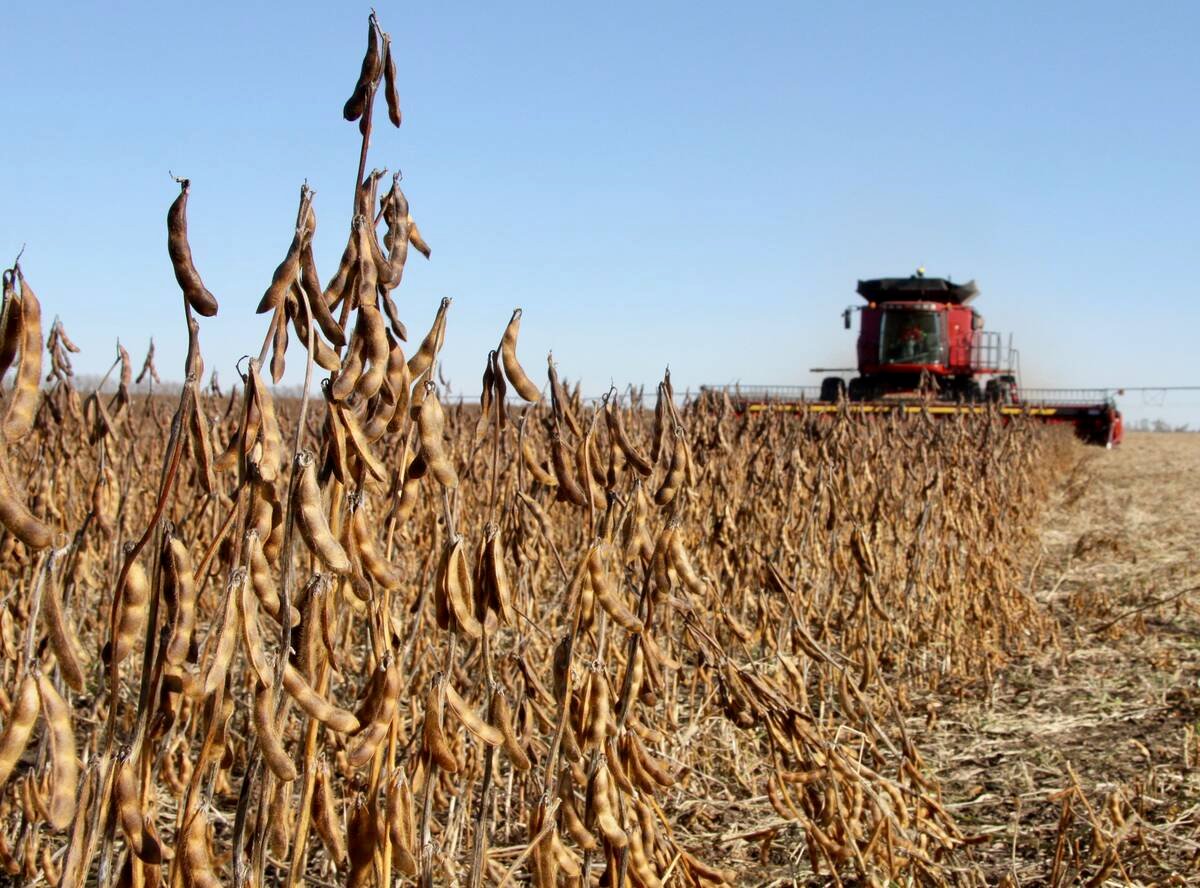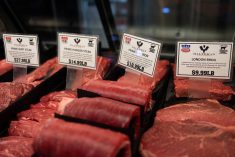Strong demand for vegetable oil and farmers who are willing to sell despite wide basis levels are giving canola crushers their best year in a long time.
“They’re doing well,” said Statcom Ltd. canola market analyst Nolita Clyde.
“We’ve seen strong crushing because the margins are good.”
Robert Broeska, executive director of the Canadian Oilseed Processors Association, said after two years of losses, crushers are pleased to be making money again. Since the drought started they’ve been running down their equity.
“They’ve only been covering variable costs for the last couple of years,” said Broeska.
Read Also

U.S. soybean crop was not all roses this year
The USDA is forecasting record U.S. soybean yields but for some growers it was a disastrous year due to excess moisture.
Crushers make money by selling canola oil and meal for more than the cost of buying canola seed and processing it.
In the past two years crushers have been able to make money at times but have not been able to operate plants at full capacity because either they were unable to find buyers or unable to buy seed at a low enough price.
Because canola crushing plants require heavy investments to build, running at low capacity means the plants lose money overall.
Often in the last two years crushers have operated at less than 50 percent capacity, and most have had extended shutdowns.
This year, crushers are working at about 60 percent capacity and appear to be warming up for higher levels.
“That’s got to be a sign,” said Broeska. “The positive margin calculations are making better returns and there is available seed.”
Farmers are accepting cash prices significantlly lower than futures prices, said Clyde. The wide basis has not strangled farmer deliveries.
“Crushers are getting seed at decent prices because we have a huge crop (compared to the last two years) and the oil (sales) are doing well,” she said.
For the past two years, farmers have forced crushers to narrow basis levels in order to attract canola to their plants, at times pushing crushers into operating at a loss.
This year’s closer-to-normal sized crop means farmers can’t squeeze the crushers so easily.
Often farmers cheer narrow basis levels and curse the crushers when the basis widens, but Broeska said farmers would only lose if crushers keep losing money.
“You could begin to get the feeling that you put your money on the wrong horse,” said Broeska.
Canola crushers appear to be backing the right horse this year. With soybean stocks low, soybean prices have risen faster than canola prices, reducing the spread and making canola more attractive to buyers.
The crushers will also have to worry less about overseas canola oil import restrictions, which encourage foreign buyers to buy raw seed rather than oil.
“When you have an adequate supply of seed those distortions are diminished,” said Broeska.
This year is likely to see a better balance of seed and oil offshore sales, and that helps the entire industry – including farmers, Broeska said.
“It’s good for the farmers because they have something to market or hold in the bins. It’s good for the crushers because they’ve got something to bid on. It’s good for the exporters because they can stay attached to their markets,” said Broeska.
“Everybody’s a lot happier when you get some grain in the bins.”















